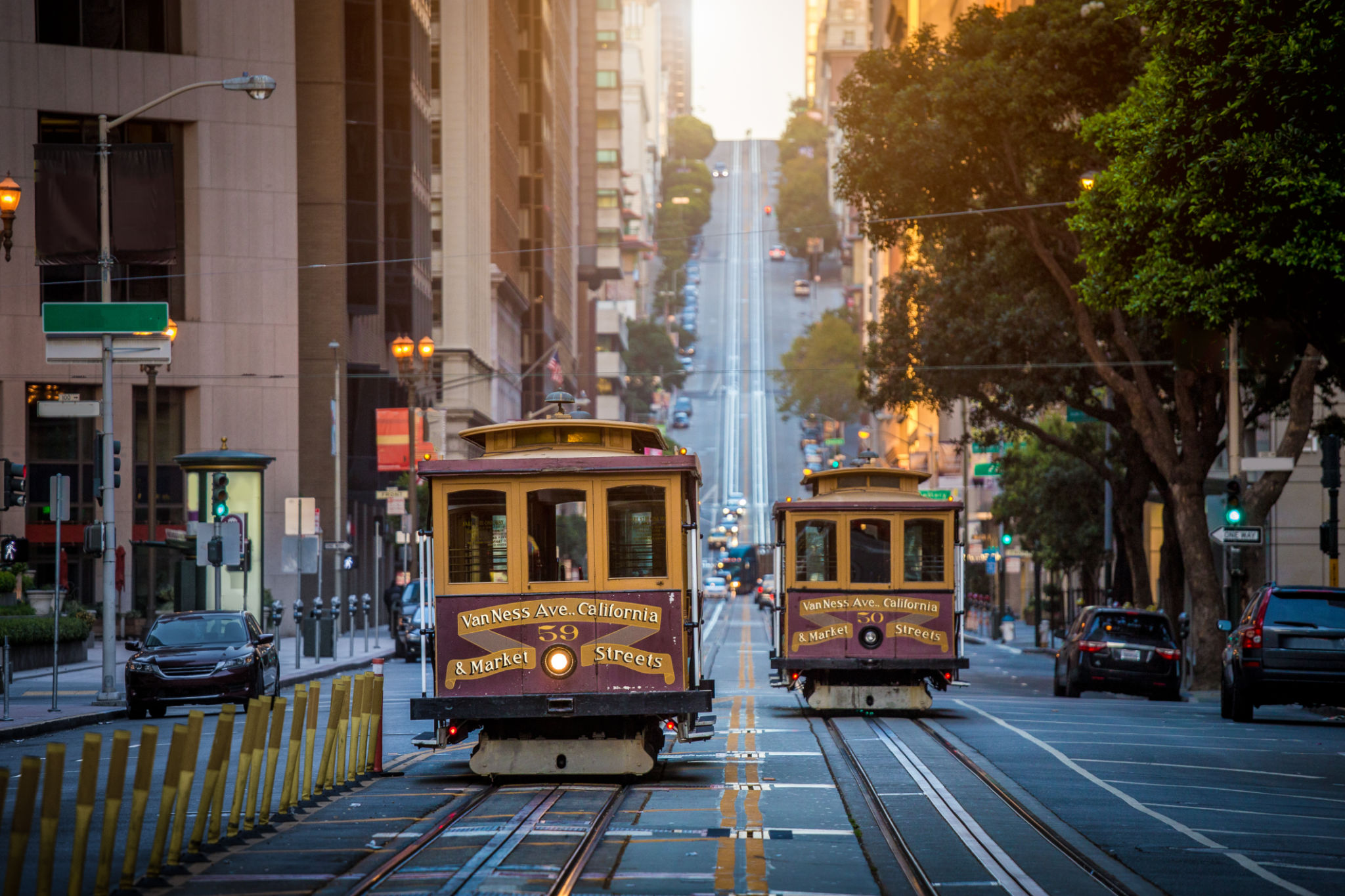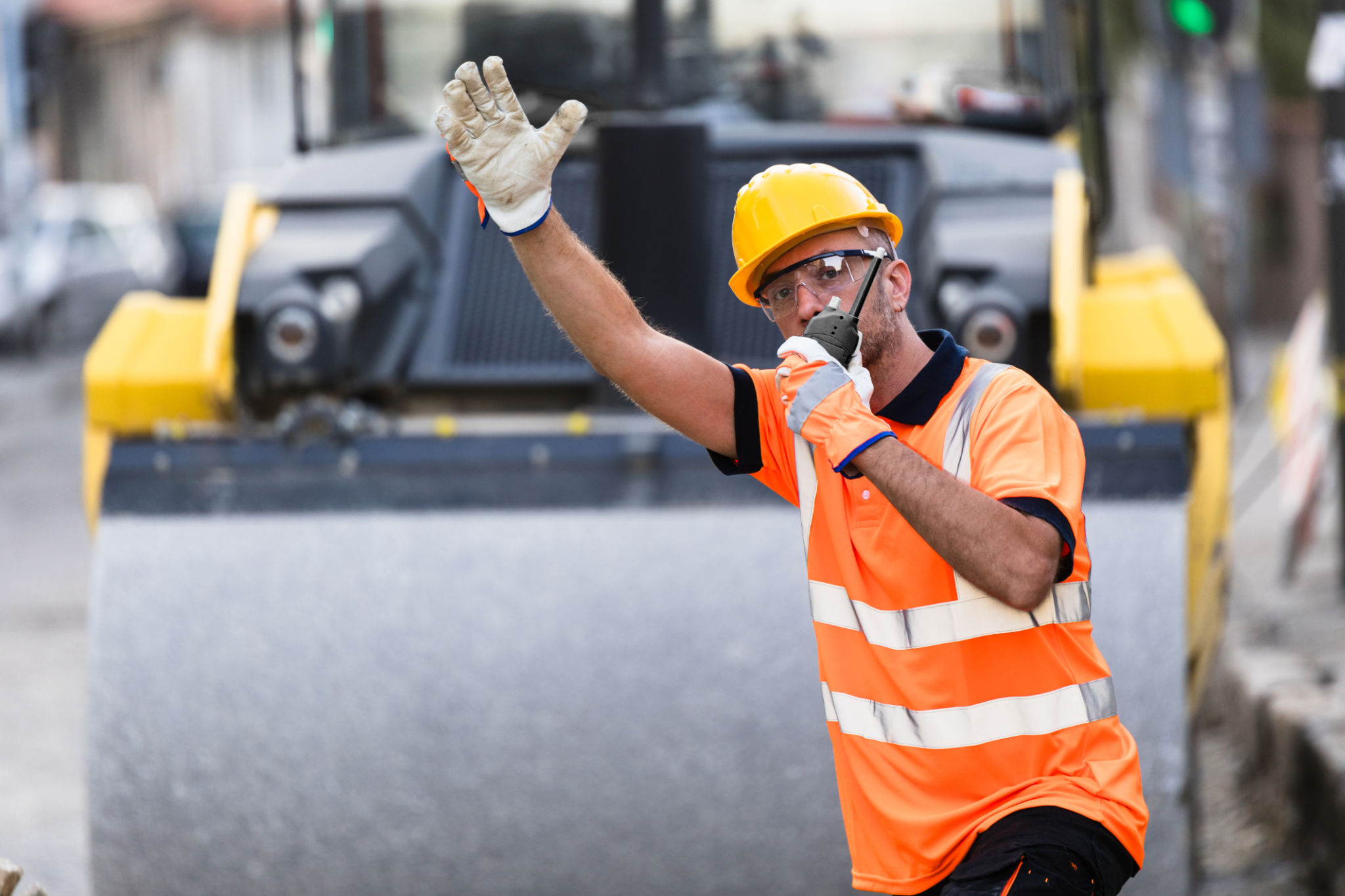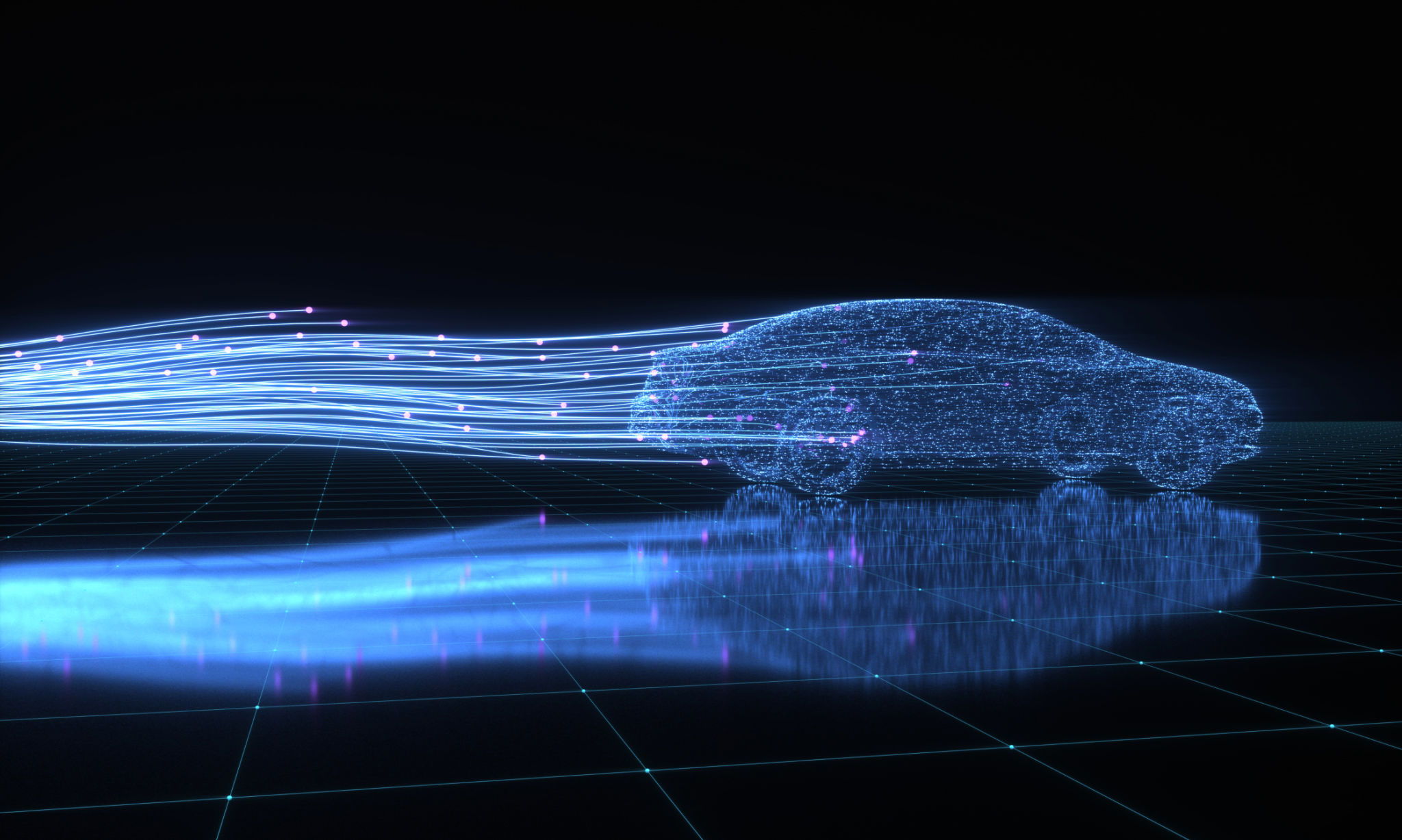Exploring the Future of Transportation AI Systems in the Bay Area
PW
Introduction to Transportation AI Systems
The Bay Area, renowned for its innovation and technological advancements, is at the forefront of the transportation revolution. As urban populations grow, the need for efficient and sustainable transit solutions becomes paramount. Enter transportation AI systems—integrating artificial intelligence into our daily commutes to enhance efficiency and safety.
These systems promise to transform how we perceive and interact with transportation. From self-driving cars to AI-driven traffic management, the potential applications are vast and varied, offering a glimpse into a future where human error is minimized, and congestion is a thing of the past.

Self-Driving Vehicles: A New Era
The concept of self-driving vehicles has moved from science fiction to reality, with companies in the Bay Area leading the charge. Autonomous cars leverage a combination of AI, sensors, and advanced algorithms to navigate roads safely. These vehicles have the potential to drastically reduce accidents caused by human error while offering greater accessibility to those unable to drive.
Several companies are piloting self-driving taxis and ride-sharing services, aiming to revolutionize urban mobility. This technology could significantly cut down on the number of cars on the road, reduce emissions, and provide a more convenient transportation option.
Benefits of Autonomous Vehicles
- Safety: Reduced risk of accidents due to advanced sensors and real-time data processing.
- Efficiency: Optimized routes and reduced traffic congestion.
- Accessibility: Enhanced mobility for those with disabilities or without a driver's license.

AI-Driven Traffic Management
Beyond individual vehicles, AI is also playing a crucial role in managing traffic flow throughout the Bay Area. AI-driven traffic management systems analyze real-time data from various sources such as cameras, sensors, and GPS devices to optimize traffic signals and reduce congestion.
This technology not only improves travel times but also contributes to environmental sustainability by cutting down on idle times at intersections and reducing fuel consumption. Cities can better allocate resources and plan for future infrastructure needs by understanding traffic patterns through AI analysis.
Key Features of AI Traffic Systems
- Real-Time Data Analysis: Continuous monitoring of traffic conditions for immediate adjustments.
- Predictive Modeling: Anticipating traffic patterns to preemptively alleviate congestion.
- Integration with Public Transit: Coordinating with buses and trains for seamless commuting experiences.

The Role of Public Transportation in AI Integration
Public transportation systems in the Bay Area are also set to benefit from AI advancements. By integrating AI technologies into buses, trains, and other public transit options, authorities can enhance efficiency and reliability. These systems can predict delays, optimize routes based on current traffic conditions, and provide passengers with real-time updates.
This integration not only improves user experience but also encourages more people to opt for public transport over personal vehicles, further easing congestion and reducing environmental impact.
The Future Outlook
The future of transportation in the Bay Area looks promising with AI at its core. As these systems continue to develop and mature, they will undoubtedly reshape urban landscapes and redefine mobility. The collaboration between tech companies, city planners, and government bodies will be crucial in ensuring that these technologies are implemented ethically and equitably.
While challenges such as privacy concerns and regulatory hurdles remain, the potential benefits of AI-driven transportation systems are too significant to ignore. The Bay Area's commitment to innovation positions it as a leader in this transformative journey towards smarter and more sustainable urban mobility.
